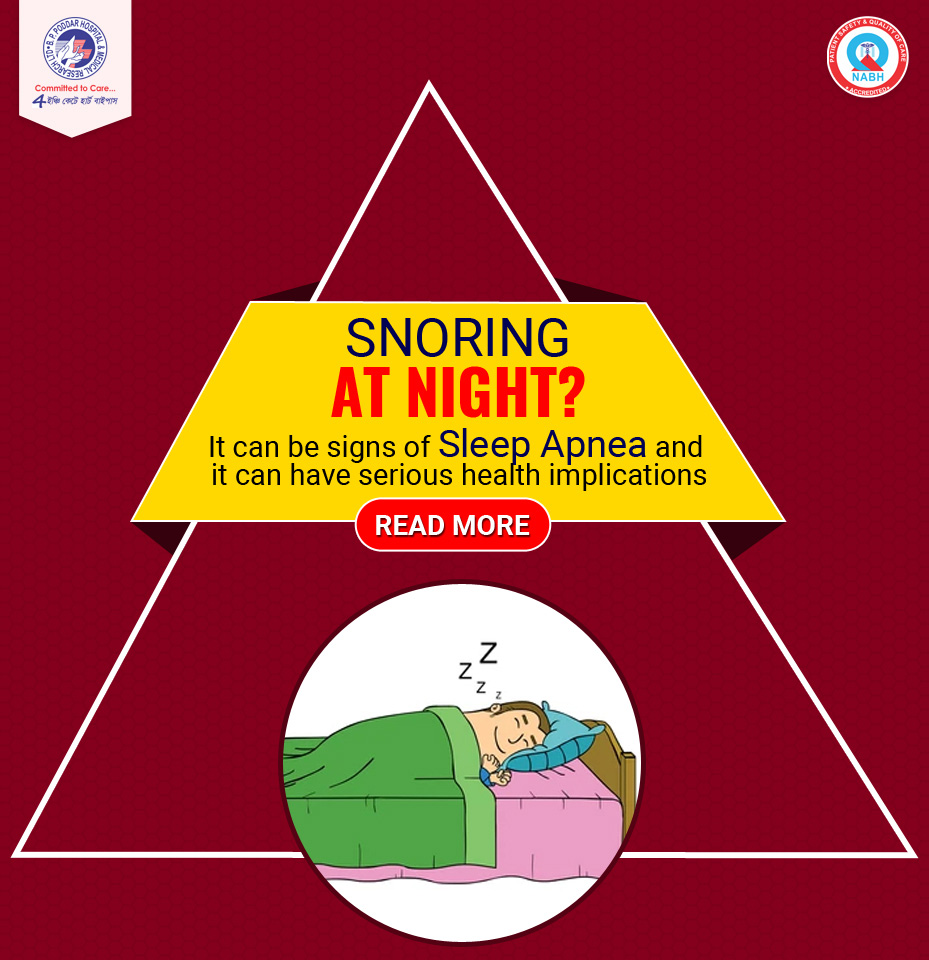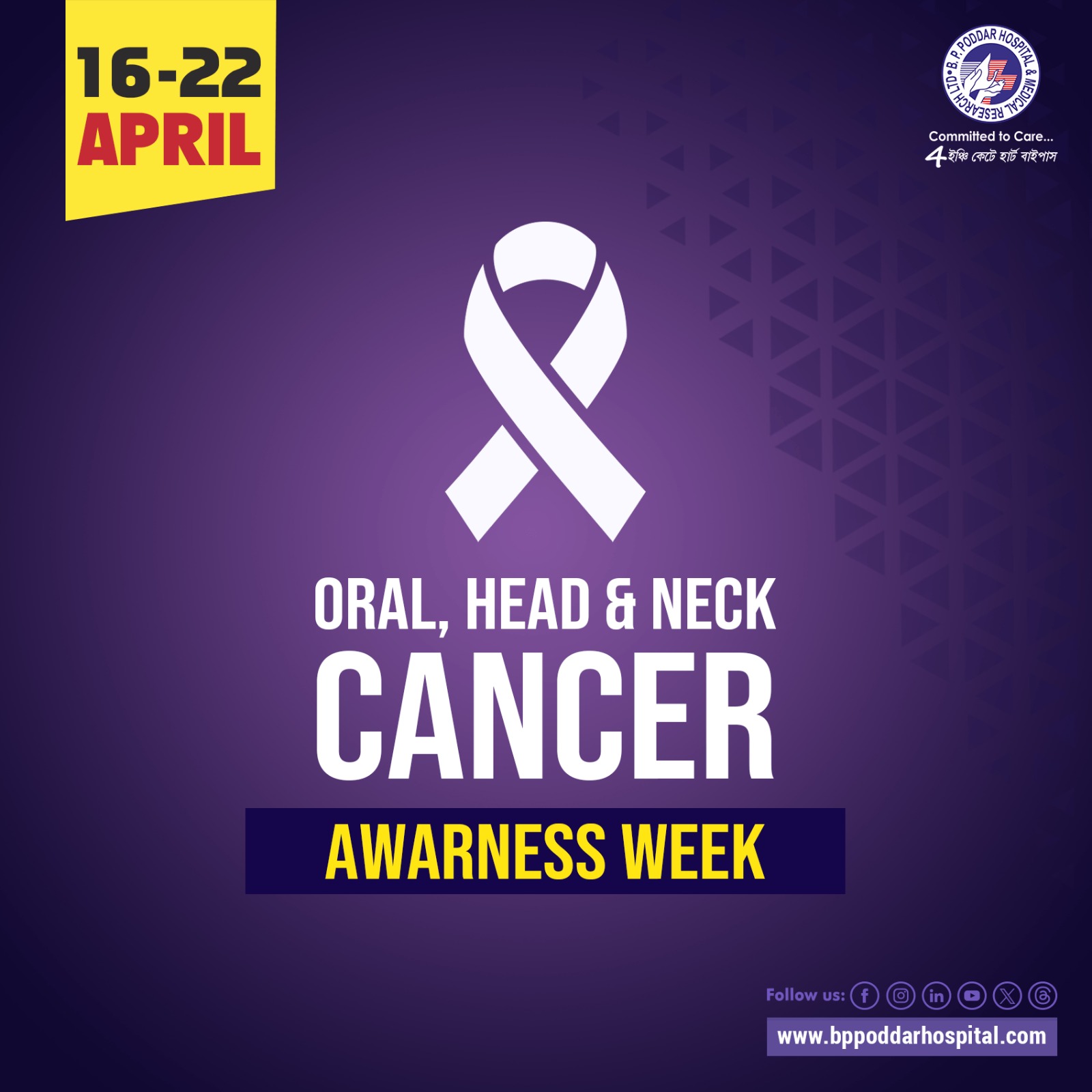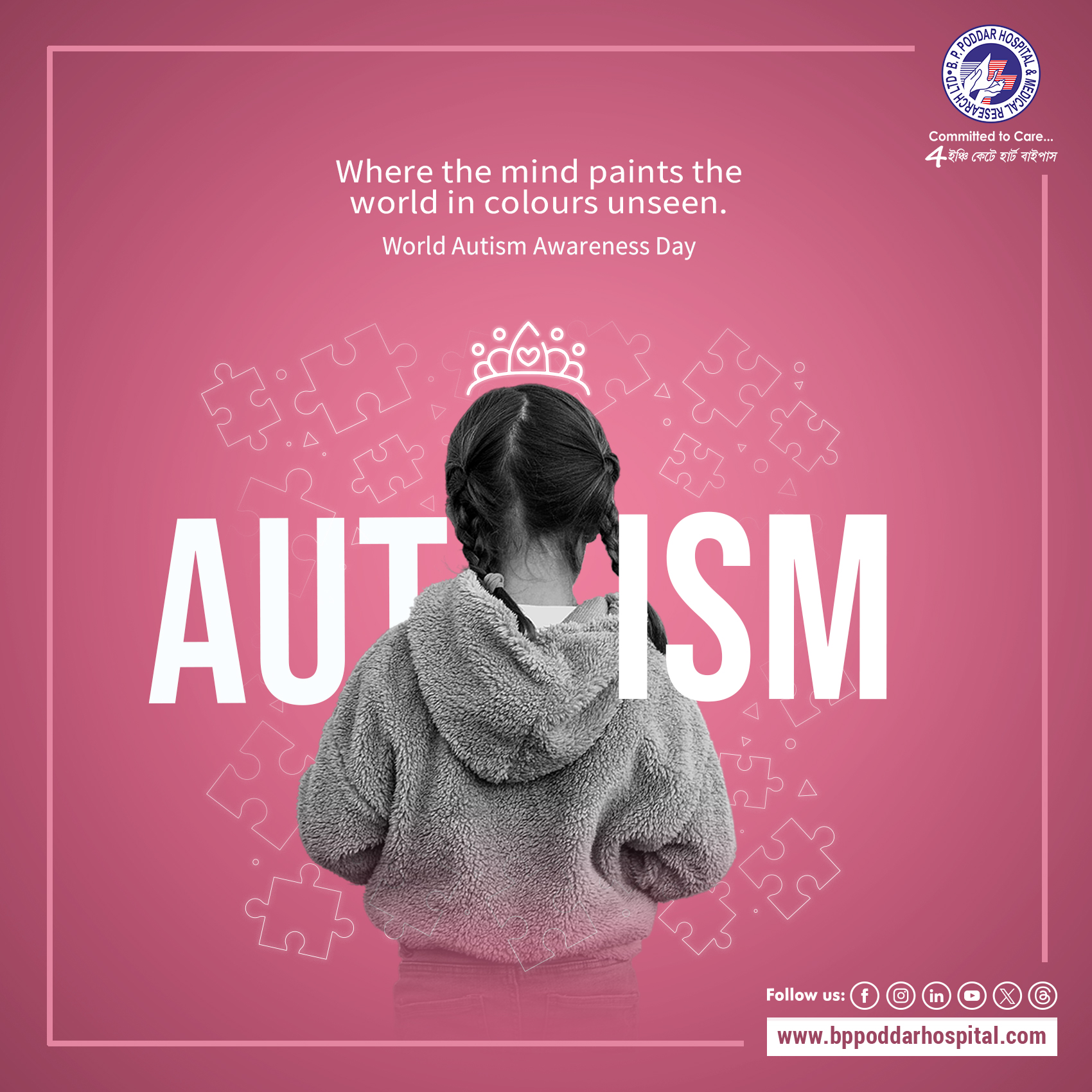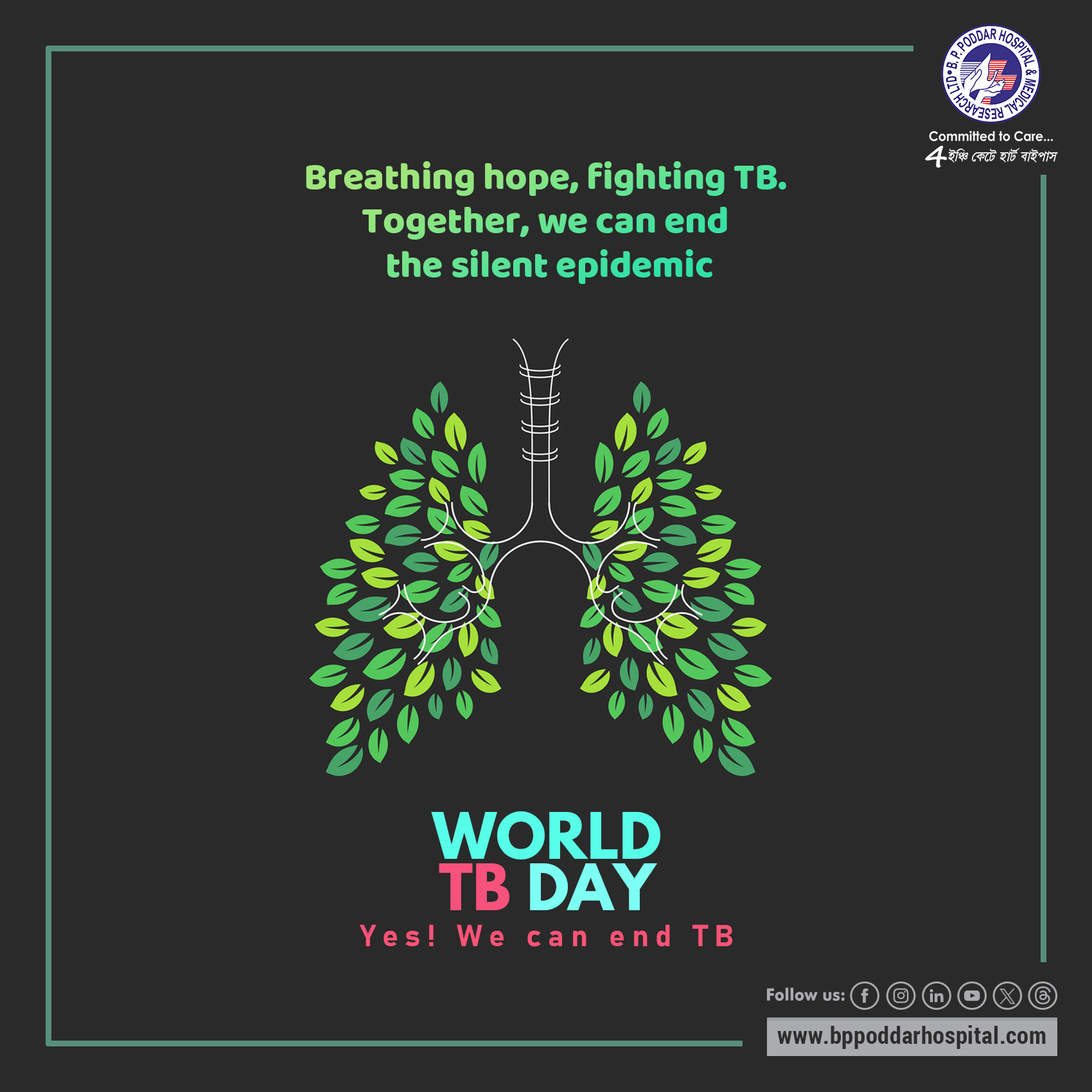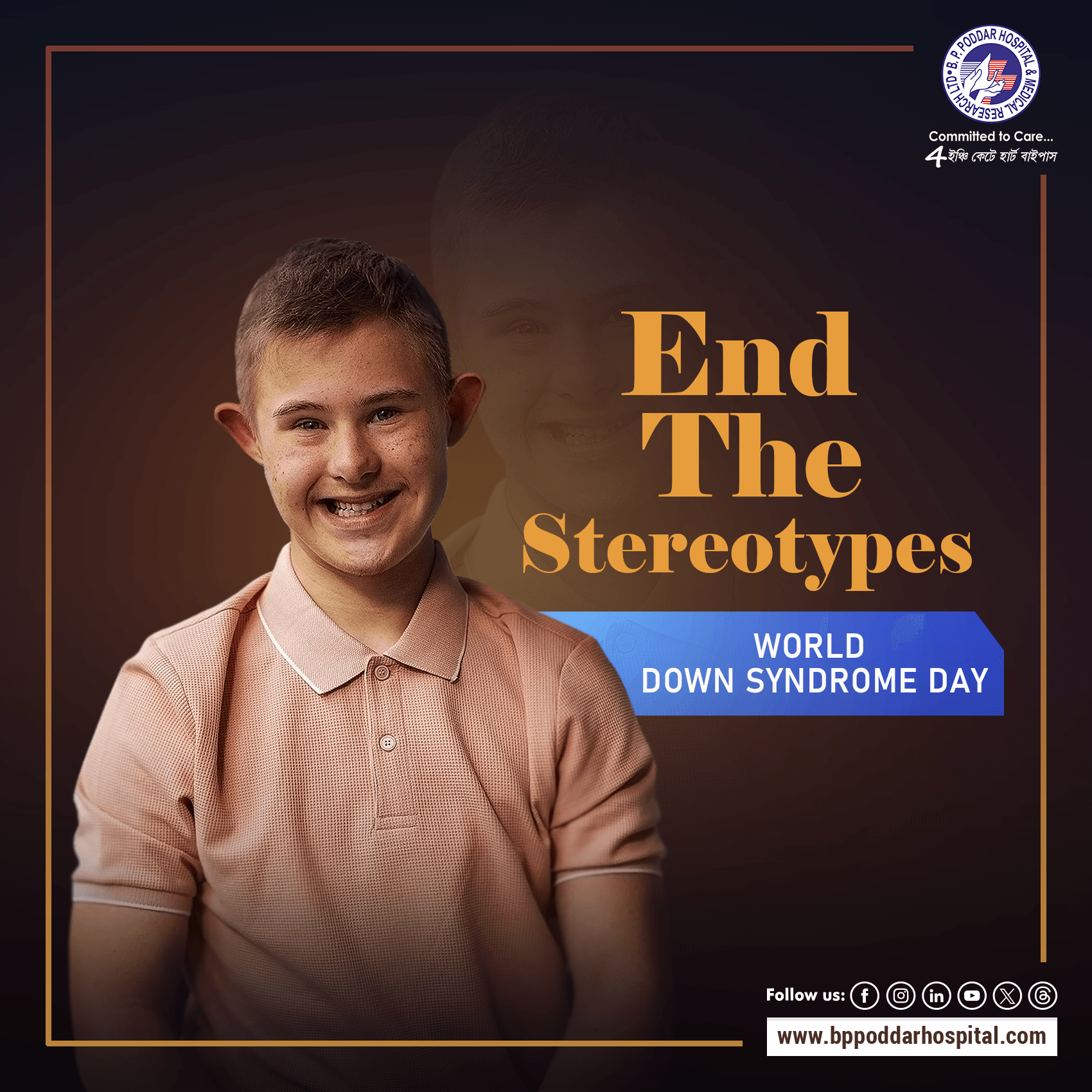[cmsmasters_row data_shortcode_id="m4wxz3v2cl" data_padding_bottom_mobile_v="0" data_padding_top_mobile_v="0" data_padding_bottom_mobile_h="0" data_padding_top_mobile_h="0" data_padding_bottom_tablet="0" data_padding_top_tablet="0" data_padding_bottom_laptop="0" data_padding_top_laptop="0" data_padding_bottom_large="0" data_padding_top_large="0" data_padding_bottom="50" data_padding_top="0" data_bg_parallax_ratio="0.5" data_bg_size="cover" data_bg_attachment="scroll" data_bg_repeat="no-repeat" data_bg_position="top center" data_color="default" data_bot_style="default" data_top_style="default" data_padding_right="3" data_padding_left="3" data_width="boxed"][cmsmasters_column data_width="1/1" data_shortcode_id="vkxw0qrmr" data_animation_delay="0" data_border_style="default" data_bg_size="cover" data_bg_attachment="scroll" data_bg_repeat="no-repeat" data_bg_position="top center"][cmsmasters_text shortcode_id="wfxa8i3t9" animation_delay="0"]
Sleep apnea is a serious ÂÂ
sleep disorder  that happens when a person’s breathing is interrupted during sleep. People with untreated sleep apnea stop breathing repeatedly during their sleep, sometimes hundreds of times during the night.
If it’s not treated, sleep apnea can cause a number of health problems, including ÂÂ
hypertension  (high blood pressure), ÂÂ
stroke, ÂÂ
cardiomyopathy  (enlargement of the muscle tissue of the heart), ÂÂ
heart failure, ÂÂ
diabetes  and ÂÂ
heart attacks. Untreated sleep apnea can also be responsible for job impairment, work-related accidents and motor vehicle crashes, as well as underachievement in school in children and adolescents.
There are two types of sleep apnea, ÂÂ
obstructive  and ÂÂ
central:
- Obstructive sleep apnea  is the more common of the two. Obstructive sleep apnea occurs as repetitive episodes of complete or partial upper airway blockage during sleep. During an apneic episode, the diaphragm and chest muscles work harder as the pressure increases to open the airway. Breathing usually resumes with a loud gasp or body jerk. These episodes can interfere with sound sleep, reduce the flow of oxygen to vital organs, and cause  heart rhythm irregularities.
- In  central sleep apnea, the airway is not blocked but the brain fails to signal the muscles to breathe due to instability in the respiratory control center. Central apnea is related to the function of the central nervous system.
Who gets sleep apnea?
Sleep apnea occurs in about 25% of men and nearly 10% of women. Sleep apnea can affect people of all ages, including ÂÂ
babies and children  and particularly people over the age of 50 and those who are overweight.
Certain physical traits and clinical features are common in patients with obstructive sleep apnea. These include ÂÂ
excessive weight, large neck and structural abnormalities reducing the diameter of the upper airway, such as nasal obstruction, a low-hanging soft palate, enlarged tonsils or a small jaw with an overbite.
What happens when you stop breathing?
When you stop breathing, your heart rate also tends to drop the longer your body is deprived of oxygen. Then, your involuntary reflexes cause you to startle awake at the end of that period of not breathing. When this occurs, your heart rate tends to accelerate quickly and your blood pressure rises.
These are changes that take place acutely when you stop breathing. However, your body starts to experience chronic effects if you experience frequent apnea. Data suggests increased risk, particularly when you stop breathing roughly 30 times or more per hour. But there is likely a risk at even lower frequency rates.
For example, your blood pressure tends to go up, your heart walls thicken due to increased workload and the structure of your heart changes. It tends to become stiffer and less flexible because there are more fibrous cells growing in between the muscle cells.
All of those things increase the risk that you can have either atrial or ventricular arrhythmias. They also tend to reduce the function of the heart so that it’s less efficient at pumping blood.
[/cmsmasters_text][/cmsmasters_column][/cmsmasters_row]







